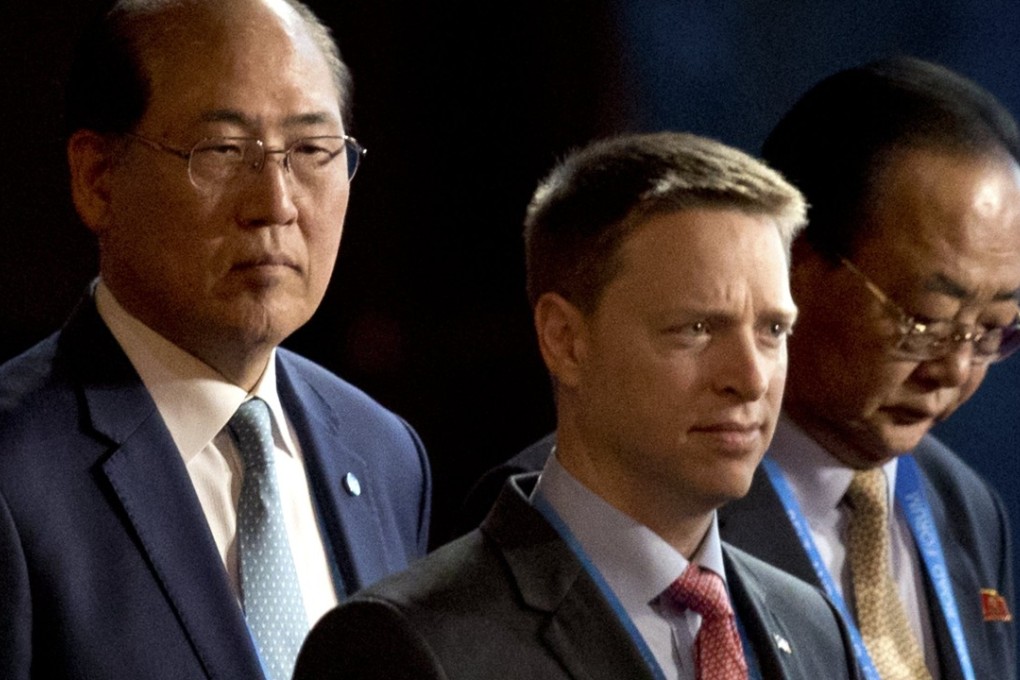Why US firms are giving the cold shoulder to China’s ‘Belt and Road’ globalisation strategy
In the US, China’s pan-Eurasian infrastructure initiative is more or less invisible outside of news reports from domestic media that mostly frame it as Beijing’s grand plan for geopolitical domination

Social media account managers at Aecom, the world’s biggest engineering firm, have been busy publishing at a high volume about “a bold new infrastructure plan” from a widely publicised infrastructure conference for the past few days.
Industry analysts looking to US infrastructure engineering firms for insights from the Belt and Road Forum, which just wrapped up in Beijing, might have been surprised to see that Aecom’s only focus was on Infrastructure Week 2017, a series of events convened in Washington and other locations around the US.
Billed as “America’s largest and most diverse effort to highlight the importance of public works,” and promoted with a #TimeToBuild hashtag, Infrastructure Week is organised by the American Society of Civil Engineers, the US Chamber of Commerce and other organisations.

The Belt and Road summit – attended by 30 state leaders including Russia’s Vladimir Putin, Indonesia’s Joko Widodo and Greek Prime Minister Alexis Tsipras – was drowned out.
Aecom is, in fact, a Belt and Road booster, betting that it will be able to participate in some of the projects. Sean Chiao, president of Aecom Asia Pacific, was quoted in the October 2016 issue of Hong Kong magazine The Peak as saying his company is working with China Communications Construction and other Chinese SOEs on Belt and Road projects.